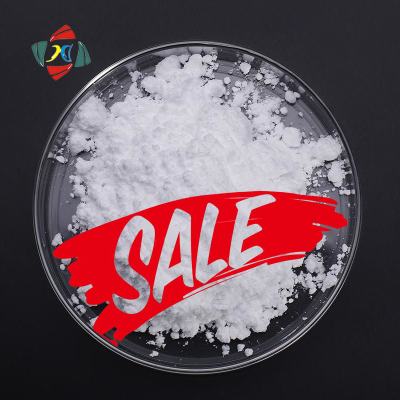-
Categories
-
Pharmaceutical Intermediates
-
Active Pharmaceutical Ingredients
-
Food Additives
- Industrial Coatings
- Agrochemicals
- Dyes and Pigments
- Surfactant
- Flavors and Fragrances
- Chemical Reagents
- Catalyst and Auxiliary
- Natural Products
- Inorganic Chemistry
-
Organic Chemistry
-
Biochemical Engineering
- Analytical Chemistry
- Cosmetic Ingredient
-
Pharmaceutical Intermediates
Promotion
ECHEMI Mall
Wholesale
Weekly Price
Exhibition
News
-
Trade Service
Vanillin is a widely used flavoring agent in the food industry, and it is also used as a chemical building block for the synthesis of various other compounds.
There are several synthetic routes for the production of vanillin, which can be broadly classified into four categories: the acid-catalyzed condensation of phenol and acetylene, the oxidation of eugenol, the reduction of vanillic acid, and the degradation of vanillin.
The first synthetic route involves the acid-catalyzed condensation of phenol and acetylene in the presence of a Lewis acid catalyst such as aluminum chloride.
The reaction proceeds through a free radical mechanism, in which the phenol molecule is abstracted by the acetylene molecule to form a phenoxy radical, which then undergoes a series of reactions to form vanillin.
This route is relatively simple and efficient, and it can produce vanillin in high yields.
However, it is also associated with some disadvantages, such as the use of toxic chemicals and the generation of hazardous waste.
The second synthetic route involves the oxidation of eugenol, which is a naturally occurring compound found in the essential oils of various plants.
Eugenol can be oxidized using various oxidizing agents, such as potassium permanganate, hydrogen peroxide, or sodium hypochlorite, in the presence of a solvent such as acetone or ethanol.
The oxidation reaction results in the formation of vanillin, along with other byproducts such as eugenol-1,2-diol and vanillic acid.
This route is less efficient than the acid-catalyzed condensation route, but it is more environmentally friendly, as it does not involve the use of toxic chemicals.
The third synthetic route involves the reduction of vanillic acid, which is the oxidized form of vanillin.
Vanillic acid can be reduced using various reducing agents, such as lithium aluminum hydride (LAH), hydrogen gas, or sodium borohydride.
The reduction reaction results in the formation of vanillin, along with the formation of a byproduct such as glyoxal.
This route is relatively complex and requires the use of hazardous reducing agents, and it is therefore less commonly used than the other routes.
The fourth and final synthetic route involves the degradation of vanillin, which can be accomplished through various chemical and enzymatic methods.
For example, vanillin can be degraded using hydrochloric acid, sulfuric acid, or nitric acid, in the presence of a solvent such as water or ethanol.
The degradation reaction results in the formation of byproducts such as phenol, acetylene, and vanillyl acetate.
Alternatively, vanillin can be degraded by enzymes such as vanillin dehydrogenase, which can catalyze the conversion of vanillin to vanillic acid.
This route is less efficient than the other synthetic routes, but it is more environmentally friendly, as it does not generate hazardous waste.
In conclusion, there are several synthetic routes for the production of vanillin, which can be broadly classified into four categories.
The most commonly used route involves the acid-catalyzed condensation of phenol and acetylene, followed by the oxidation of eugenol and the reduction of vanillic acid.
These routes are relatively efficient and economical, but they also involve the use of toxic chemicals and the generation of hazardous waste.
Therefore, there is a need to develop more sustainable and environmentally friendly synthetic routes for the production of vanillin.







